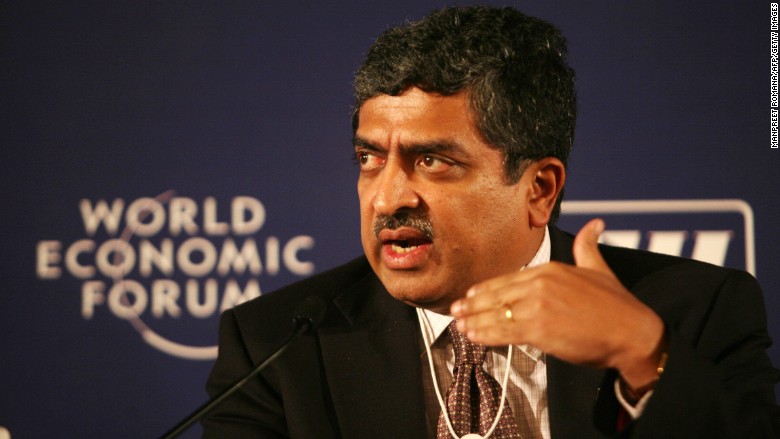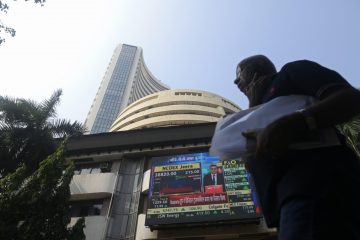It has been a topsy-turvy four months into calendar year 2023 (CY23) for global equity markets. Saion Mukherjee, managing director and head of equity research for India at Nomura Securities, in conversation with Puneet Wadhwa, says a big worry, not discounted by markets at current levels, is the possibility of weaker growth back home or a sharp cyclical downturn. Edited excerpts:
You had set a National Stock Exchange Nifty target of 19,030 in CY23 in December last year. Is this now looking unattainable, given the multiple headwinds of high-interest rates, inflation, and a possible recession?
The macroeconomic (macro) backdrop remains uncertain. We are now much closer to the peak of the rate-hike cycle. However, the policy environment may remain restrictive in case inflation gets sticky. Higher rates for longer can lead to a sharp slowdown, particularly in developed markets.
These macro volatilities can adversely shake up the markets. However, India may remain relatively more resilient through this downcycle. If growth inflation dynamics are not disruptive, given steady earnings growth, we can expect to achieve the target.
Are you in the sell-on-a-rally camp or buy-the-dip as regards Indian equities?
The Nifty has gone through a time correction since October 2021. The valuations have become more reasonable. We are in the buy-the-dip camp.
The Indian markets and the economy will be distressed in case of a major disruption globally. India will be adversely affected by a slowdown in capital flows in case of a risk-off environment. Global uncertainties will also influence the investment cycle.
However, factors like focus on fiscal discipline, low corporate balance-sheet leverage, strong bank balance sheet, policy initiative for investment-led growth, and high foreign exchange reserves are likely to make India more resilient in the potential upcoming downcycle.
We are constructive on financial, infrastructure/construction, and the consumer staples sectors.
What is your view on the January-March 2022-23 quarter results of India Inc announced thus far?
The information technology (IT) sector has surprised negatively and we remain underweight on the sector. This is primarily due to uncertainty about growth. There are risks to both the earnings estimates for the IT sector and the valuation multiples, in our view. However, domestic sector earnings have been largely stable.
We have seen an expansion in margins for banks, and asset quality has remained stable. Consumer companies with pricing power benefited from higher margins. A correction in raw material costs will lend some support to earnings. There are, however, signs of a slowdown in volume growth.
Can foreign institutional investors (FIIs) remain fence-sitters as regards Indian equities in CY23? Which other equity markets look better than India?
We think FIIs are largely gung-ho on India from a medium-term perspective. India’s high valuation has been a concern, which is getting addressed as markets have remained flat over the past 18 months.
Incrementally, we think FIIs can be more constructive in the Indian market. Given the valuation comfort, we are still most overweight on China and South Korea from a regional perspective.
What has been your investment strategy in the past six months? Which sectors and stocks have you bought and sold? Any contrarian picks?
We have had a bottom-up approach and liked sectors and stocks with a reasonable valuation. We have been underweight on sectors and stocks that are richly valued. We are overweight on financial, industrial/infrastructure and underweight on consumer discretionary and IT services.
When do you think markets will swing into ‘election mode’ and pay attention to developments on the political front back home?
The outcome of the state elections doesn’t necessarily determine the outcome of the national elections. In the past, we have seen the electorate voting quite differently for the state and national elections. However, I do expect the markets to analyse the upcoming election (in Karnataka) to assess some underlying trends, which can potentially impact the national elections. The market may bake in some uncertainty discount in the next year as we enter the election period.
How do you think the Reserve Bank of India (RBI) will respond to a less-than-optimal monsoon, if any, this year? To what extent are markets discounting these worries?
Our economics team is expecting a pause from the RBI in the near term with a potential rate cut towards the end of the year. Less-than-optimal monsoon, along with global factors, presents growth headwinds, thus making a case for a change of stance by the central bank sometime later this year.
The markets are relatively less concerned about inflation or interest rates, which we agree with. The big worry, not discounted by markets, is the possibility of weaker growth or a sharp cyclical downturn.
Note:- (Not all news on the site expresses the point of view of the site, but we transmit this news automatically and translate it through programmatic technology on the site and not from a human editor. The content is auto-generated from a syndicated feed.))



